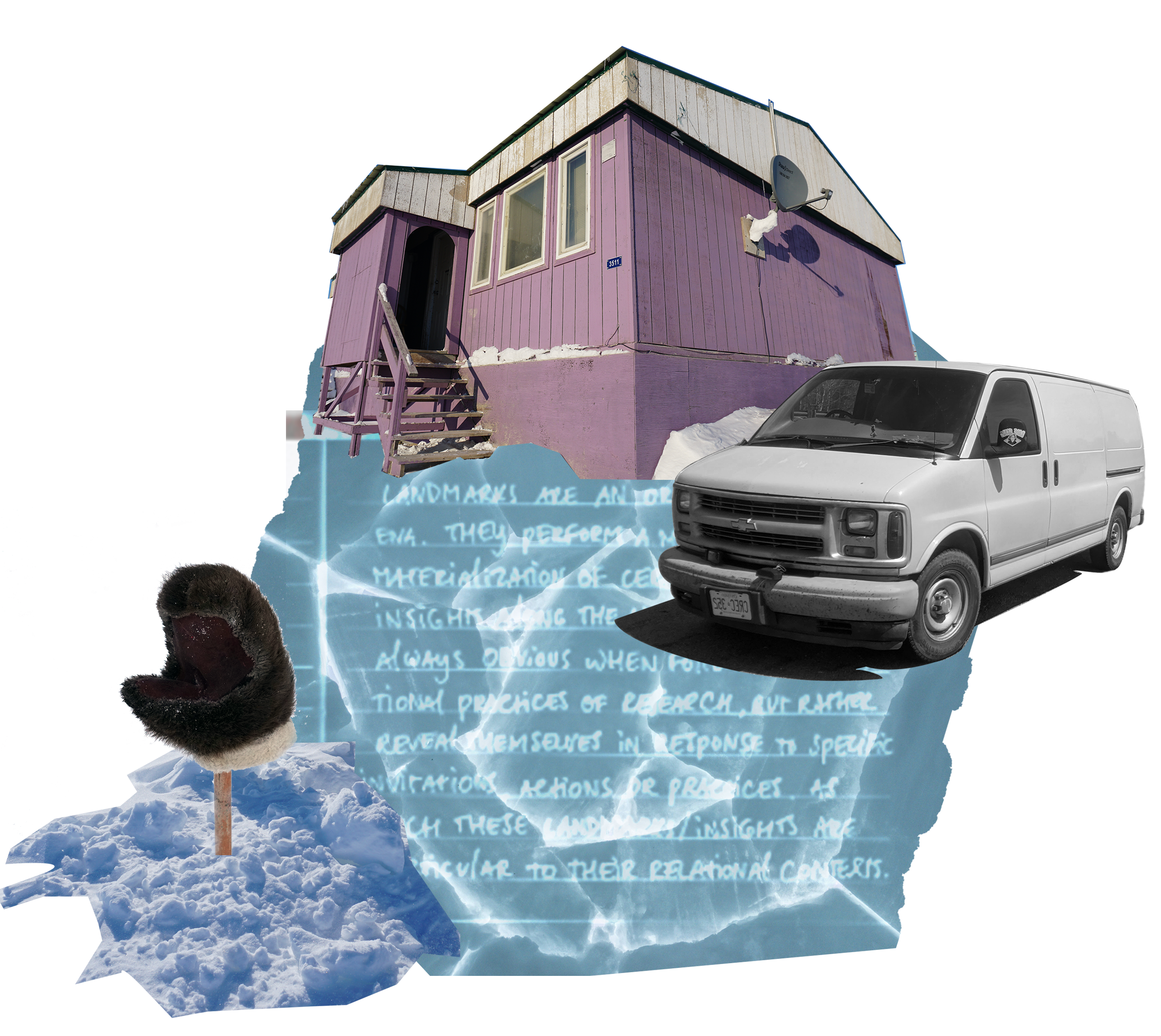Learning About Landmarks: Difference between revisions
No edit summary |
No edit summary |
||
| Line 7: | Line 7: | ||
<div class="next_choice"> As you have approached this specific landmark to take a closer look, you can’t help but noticing that you have many questions about me -the author-, my positionality, the choices that I have made, and the methods that I have chosen to share my research. “Stay with the Trouble” to learn more about asking and answering such questions.</div> | <div class="next_choice"> As you have approached this specific landmark to take a closer look, you can’t help but noticing that you have many questions about me -the author-, my positionality, the choices that I have made, and the methods that I have chosen to share my research. “Stay with the Trouble” to learn more about asking and answering such questions.</div> | ||
<span class="pop-up | <span class="pop-up stay with the trouble link" data-page-title="Learning About Staying With the Trouble">[[Learning About Staying With the Trouble]]</span> | ||
Revision as of 15:13, 22 January 2025

Landmarks are defining features in the land that traditionally play an important role in Inuit topographical understandings of their land and its resources. They are important orienting features to keep one's bearing while travelling and to determine where one is located at any given moment (Aporta, year).
As a figure, in this Knowledge-Land-Scape, "Landmarks" perform the materialization of certain findings and insights along the way. They are not always obvious when you trace only the three main cuts of the knowledge-land-scape. They rather reveal themselves in response to specific invitations, practices or actions taken. As such, the insight that these landmarks have to offer are always particular to the paths and trails that lead towards them, and their meaning materializes in relation to where you come from, where are you going and what decisions you have made on the way- both before, during and after you have entered this scape. Like on the land, landmarks look different depending on from which vantage point you encounter them.
